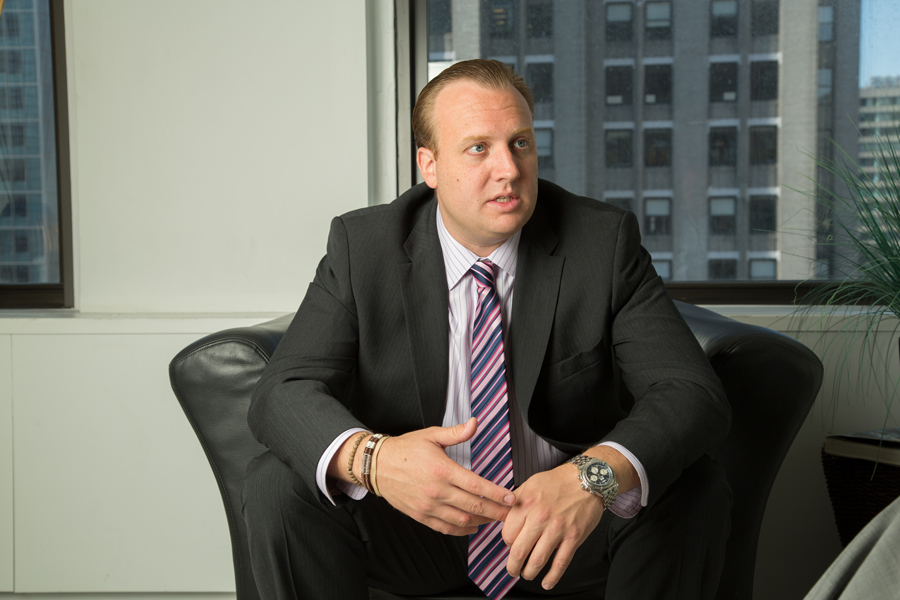

A few years ago, I tried to launch a project that involved getting financial advisers to share the details of their personal portfolios for publication in InvestmentNews.
The idea was for a regular series that involved basic pie charts to illustrate asset allocations, paired with a summary of the strategy.
Despite some dogged pestering and begging on my part, which even included me promising to lay out my own humble portfolio for the world to see, I only got a few willing participants, which forced me to move on.
With that in mind, you can imagine my delight in receiving an advance copy of “How I Invest My Money: Financial experts reveal how they save, spend and invest” (Harriman House, 2020).
The book, which is the brainchild of Josh Brown, co-founder and chief executive of Ritholtz Wealth Management, and Brian Portnoy, founder of Shaping Wealth, is a collection of 25 essays from across the financial services landscape.
I have a dreadful habit of reading almost any book that is given to me, but this one I felt was uniquely suited to my oddball appetite for getting behind the scenes of what people who are smarter than me do with their money.
As a collection of essays, the order in which you read them doesn’t matter, so I started with the people I feel I know best.
Beginning with Christine Benz, director of personal finance at Morningstar, and Blair duQuesnay, investment adviser at Ritholtz, I got a good taste of exactly what I was looking for: Nice summaries on how they got to where they are with specific details -- including fund names and types of tax-management wrappers -- of what they use to manage their household assets.
My naïve and quantitative perspective had me envisioning a potential spreadsheet that cross-referenced parallels to flesh out the best strategies, which I would leverage to get filthy rich, retire early, and buy an island to live on.
The reality – once I got over the filthy rich, retired, island-owner fantasy – is much better.
According to Portnoy, the essayists were given a virtual blank slate, which is the best part of the book because it shows there are so many ways to look at and think about money and investing.
The original idea for the book was spawned from a July 2019 blog post by Brown, in which he detailed his personal investment strategy. The essayists were asked to read it and write their own story.
“We wanted a diverse set of views so it could be informative and inspirational to anyone who picked it up,” said Portnoy. “This isn’t an excel spreadsheet of your portfolio, this is how you invest broadly in yourself, your family, and your community. People had license to do what they wanted, but there was instruction that this is not supposed to be promotional.”
With those basic marching orders, the eclectic blend of industry representatives shared personal stories that help reinforce the idea that every situation is unique, and investing is a matter of perspective.
Bob Seawright, chief investment officer at Madison Avenue Securities, for example, writes about the value of owning a vacation home on the other side of the country, despite the expense, taxes and other logistical challenges.
“It’s a lousy investment,” he writes, before rattling off a long list of memorable multi-generation family activities that include picnics, swimming, boating, picking blueberries and eating s’mores.
“It’s the most important financial investment we’ll ever make,” he added.
Morgan Housel, a partner at the Collaborative Fund, writes, like many, about the importance of low-cost indexed investing, while preaching the virtues of living beneath your means.
“My investing strategy doesn’t rely on picking the right sector, or timing the next recession,” he writes. “It relies on a high savings rate, patience, and optimism that the global economy will create value over the next several decades.”
Brown admits the open-ended nature of the essay requests could have gone any number of directions, but that the final result is what he had hoped for.
“People went deeper and more personal than I thought they would,” he said. “Most of the contributors are usually being asked what should other people be doing with their money. The major thing we wanted to demonstrate is it’s not what investments people hold; it’s the reasons people invest that’s most important.”
In his essay, Brown writes that everyone at Ritholtz invests in the same asset allocation models as the clients. But he also allocates some of his money to support other businesses.
“I don’t mind having friends run a portion of my money and I don’t judge them against the S&P 500,” he writes.
Virtually every essayist in the book offers an unapologetic example of investing in something that defies the laws of financial logic, which proves there are many ways to invest and that perspective is key.
Howard Lindzon, co-founder of StockTwits, has zero allocated to bonds, while Carolyn McClanahan, founder of Life Planning Partners, has half her portfolio in fixed income.
The one thing missing from the book is the age of each essayist, which would help place context around their investment decisions. Hopefully that will be changed in future editions.
Generally, and impressively, the mission of making investing about much more than just money — and all the while focusing on the very long-term horizon — was accomplished.

Relationships are key to our business but advisors are often slow to engage in specific activities designed to foster them.

Whichever path you go down, act now while you're still in control.

Pro-bitcoin professionals, however, say the cryptocurrency has ushered in change.

“LPL has evolved significantly over the last decade and still wants to scale up,” says one industry executive.

Survey findings from the Nationwide Retirement Institute offers pearls of planning wisdom from 60- to 65-year-olds, as well as insights into concerns.
Streamline your outreach with Aidentified's AI-driven solutions
This season’s market volatility: Positioning for rate relief, income growth and the AI rebound
